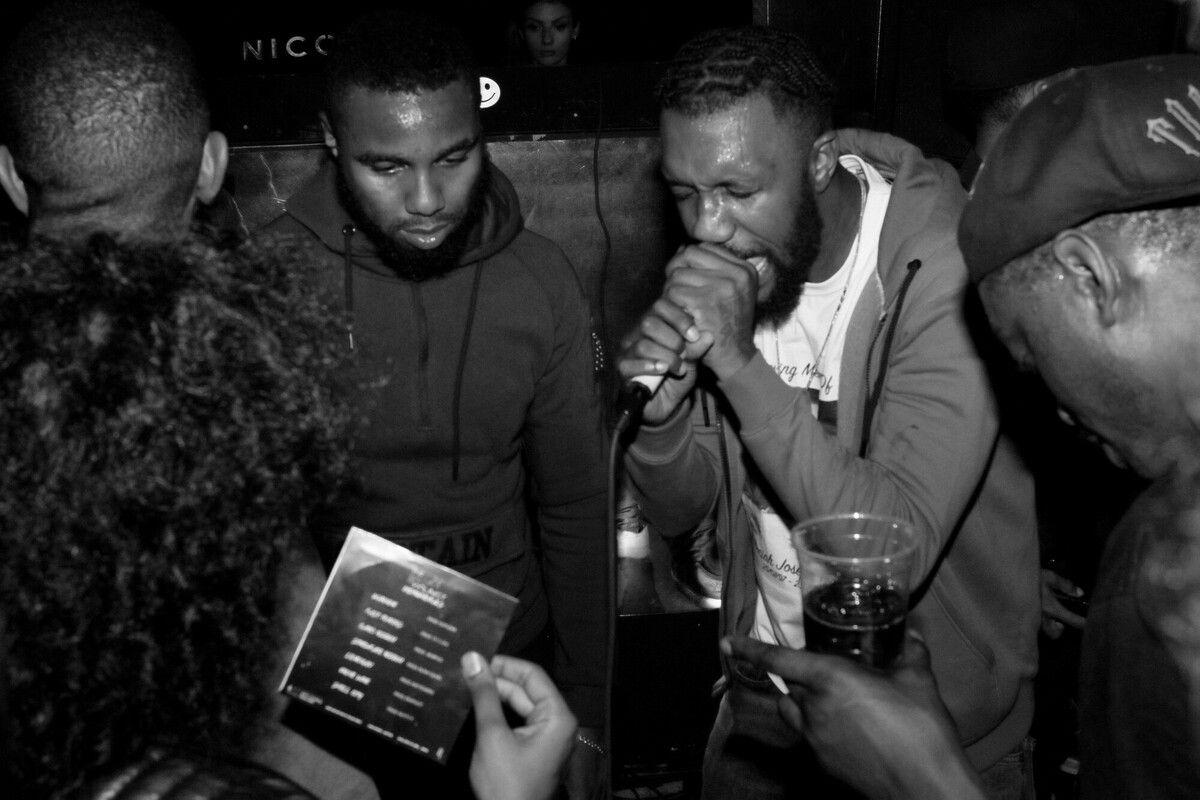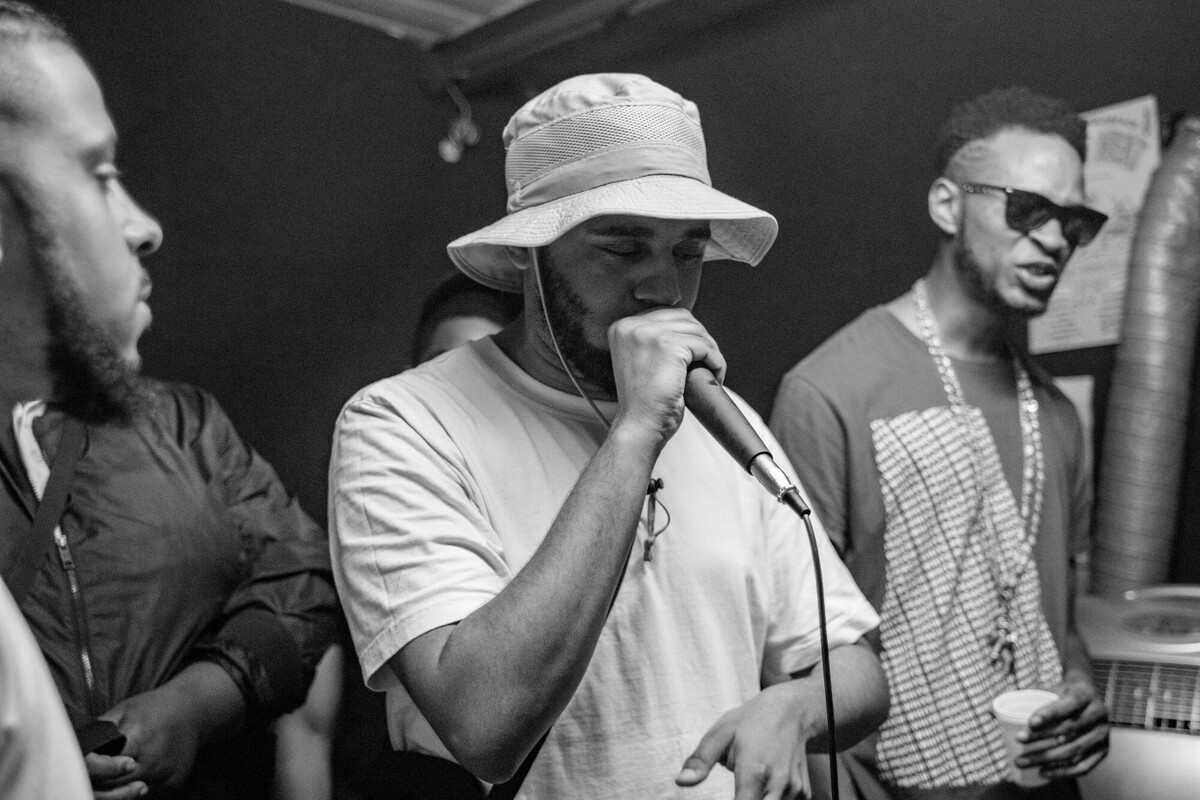Rewind to the early 2000s and the emergence of grime networking underground through pirate radio stations, illegal raves, record shops and smartphones. High-rise tower blocks, rooftop aerials and a basement all in Bow E3; East London’s neighbourhood boroughs are home to grime’s DIY culture where its protagonists freestyle rhymed about the raw, everyday inner-city pressures. Early grime was a freedom of expression and a form of community fuelled by youth and honesty.
Harder and darker breakbeats were produced in bedrooms or pirate studios on the accessible software Fruityloops, evolving out of the UKG and Jungle sounds. Grimy sub-low bassline instrumentals allowed space for MC’s to rap over the 4-beat bars of a half-time, downtempo sound dubbing itself with the name grime. Wiley, known as the Godfather of grime, referred to his sound as ‘eskibeat’ due to its scarce and ice cold beats and he later produced the track “Wot Do U Call It” amidst the dissociation and confusion with garage beats. Grime artists connected and formed collectives such as Roll Deep, Ruff Sqwad, N.A.S.T.Y Crew, BBK. These crews provided a space to bring up new artists into the scene, establishing the sounds and brought about clashes (battle raps).

